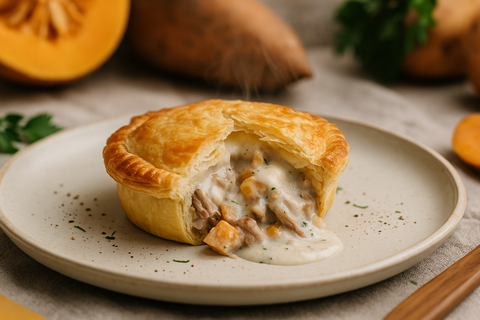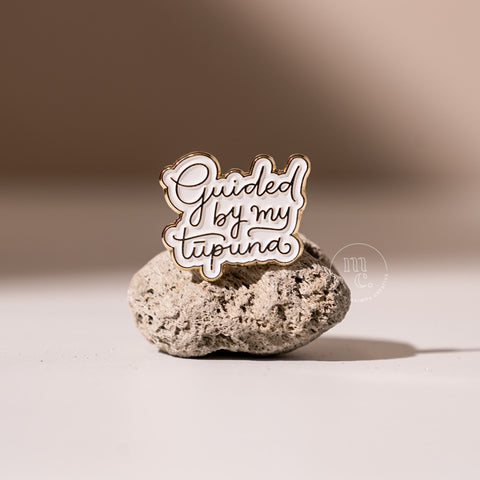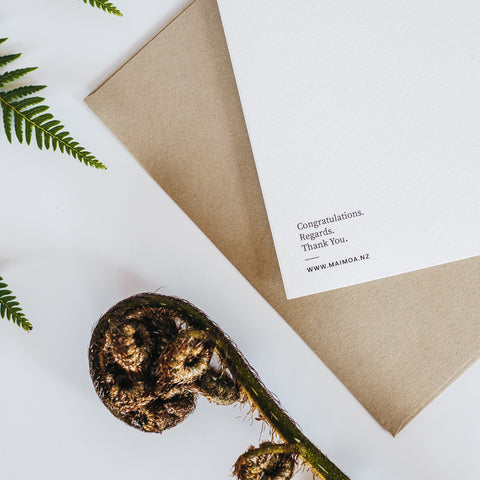When the year’s been a marathon and your mahi inbox has been working overtime, nothing feels better than switching on that out-of-office response and disappearing for a little break to enjoy some Aotearoa sun and quality time with whānau and friends. But why settle for a boring generic auto-response when you could sign off with a bit of humour, reo, and personality? Here are a few fun, cheeky, and reo Māori-inspired OOO templates to let people know you’ve clocked out for hararei. Adjust them to suit your role, mahi, tone, and personality.
Aroha opens up about the unseen support and privileges that shaped her reo Māori journey. Her story is a reminder that every learner starts from a different place, and that progress never looks the same for everyone.
Welcome to the Māori Gift Guide 2025, a curated showcase of extraordinary products from Māori-owned businesses across Aotearoa. This guide brings together meaningful gifts for every budget and occasion, from thoughtful Secret Santa surprises to treasured statement pieces for loved ones.
Explore categories such as kāinga (home), kākahu (apparel), mahi toi (art), taonga (treasured items), tākaro (recreation), tamariki (kids), kai & inu (food & drink), pukapuka (books), and health & beauty.
Celebrate the festive season and beyond with thoughtful gifts while championing Māori businesses.
This step-by-step guide shows you how to take a tea order in te reo Māori, from asking if someone would like a tea, to choosing the type, and even how much milk or sugar they’d like. These everyday conversations are a simple way to normalise te reo in your home and workplace.
Next time you’re on tea duty, try integrating these phrases with your whānau or workmates. It’s a fun and useful way to learn and keep te reo Māori alive in the everyday moments. Plus, don’t miss our Tea Types: Personali-tī Guide for a light-hearted look at what your favourite brew says about you.
Tired of signing off every email with the same old “Ngā mihi”? We’ve put together a playful list of quirky, cheeky, and reo Māori-inspired ways to end your emails that add personality (and a laugh) to your inbox. These creative alternatives are perfect for your mates, work besties, or anyone who appreciates a bit of humour.
These aren’t your typical corporate sign-offs, and that’s the point. They bring light-hearted energy and a splash of te reo Māori to your everyday correspondence.
Neurodiversity is too often framed as deficit, focused on what someone lacks rather than their strengths. But within te ao Māori, a growing movement is reclaiming takiwātanga (Autism), aroreretini (ADHD), and other neurodiverse traits as taonga, unique ways of being that carry mana and value.
We spoke with Jessica Hita (Ngāti Ueoneone, Ngāpuhi, Ngāti Tara, Ngāti Kahu) from Kanorau, a kaupapa-driven pakihi dedicated to empowering whānau to confidently navigate life with takiwātanga. Jess highlights how kupu Māori like takiwātanga and aroreretini move us away from clinical “disorder” labels and toward a worldview that honours whakapapa, wairua, and whānau.
She reminds us that our tūpuna never viewed neurodiversity through a deficit lens, this perspective was introduced through outside systems. Instead, te ao Māori focuses on strengths, mana, and unique contributions.
This kōrero explores how reo, tikanga, and perspective can shape the way neurodiverse tamariki and adults see themselves. Not as broken, but as whole and extraordinary.
Every Kiwi has their signature way of making a cuppa tī and they’ll defend it like it’s the only way worth knowing. Some swear by a brew so dark it rivals te pō, others love theirs milky sweet like a warm hug, and then there are the biscuit dippers who treat tea as a condiment.
Our totally unofficial personali-tī test pairs 12 classic tea styles with light-hearted personality profiles inspired by the Kiwi way of drinking tī. From te manu (the powerhouse double-bagger) to tīremi (the multitasker whose tea goes cold), each one is served in the trusty marae cup you know and love.
So grab a mug, pop the jug on, and find out which cuppa truly represents you. All in the name of good fun (and good tī).
Leftover hāngī? Turn it into something spectacular with this creamy, hearty hāngī pie recipe. Whether you've just hosted a massive whānau gathering or been lucky enough to score a takeaway plate, this is the perfect way to give those earthy, smoky flavours new life. Chop everything up small, whip up a rich white sauce, and tuck it all into buttery puff pastry for the ultimate comfort food.
Make a big batch in your pie maker, muffin tins, or one large pie dish. Perfect for a quick lunch, a cosy dinner, or feeding unexpected manuhiri.

































